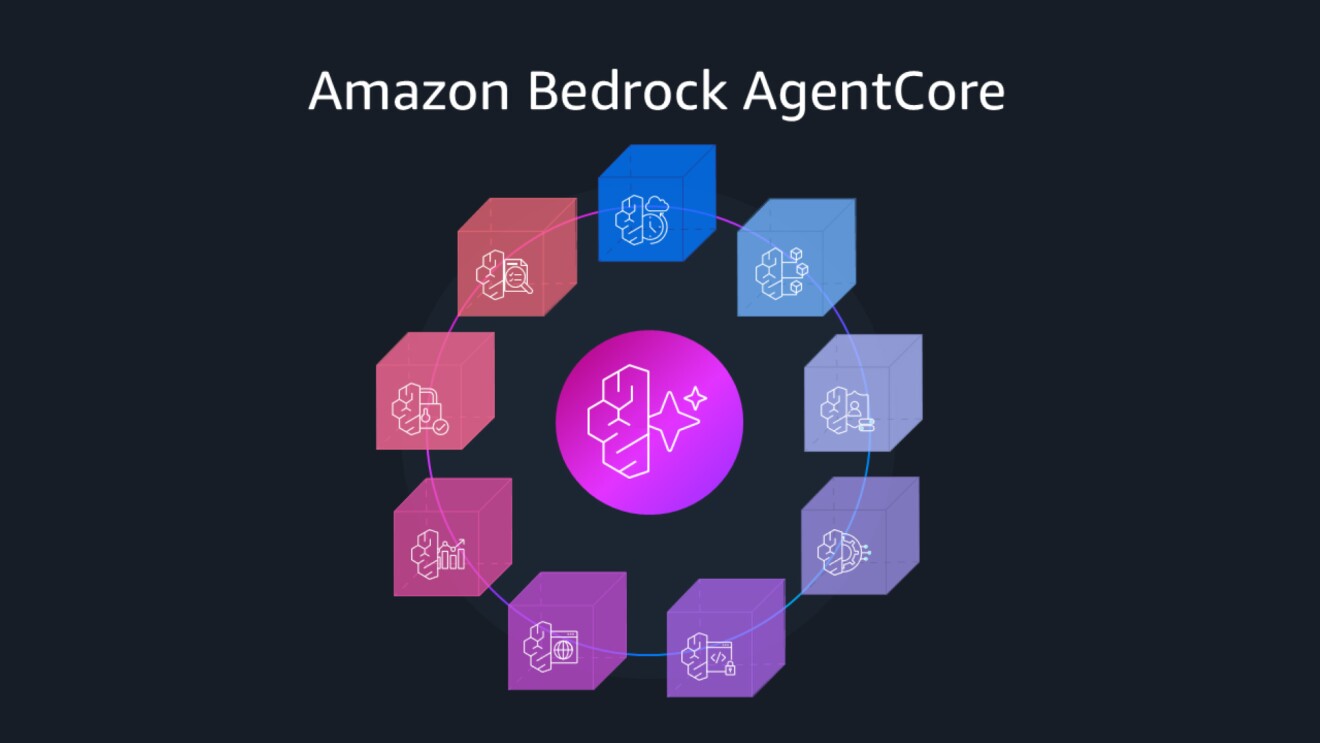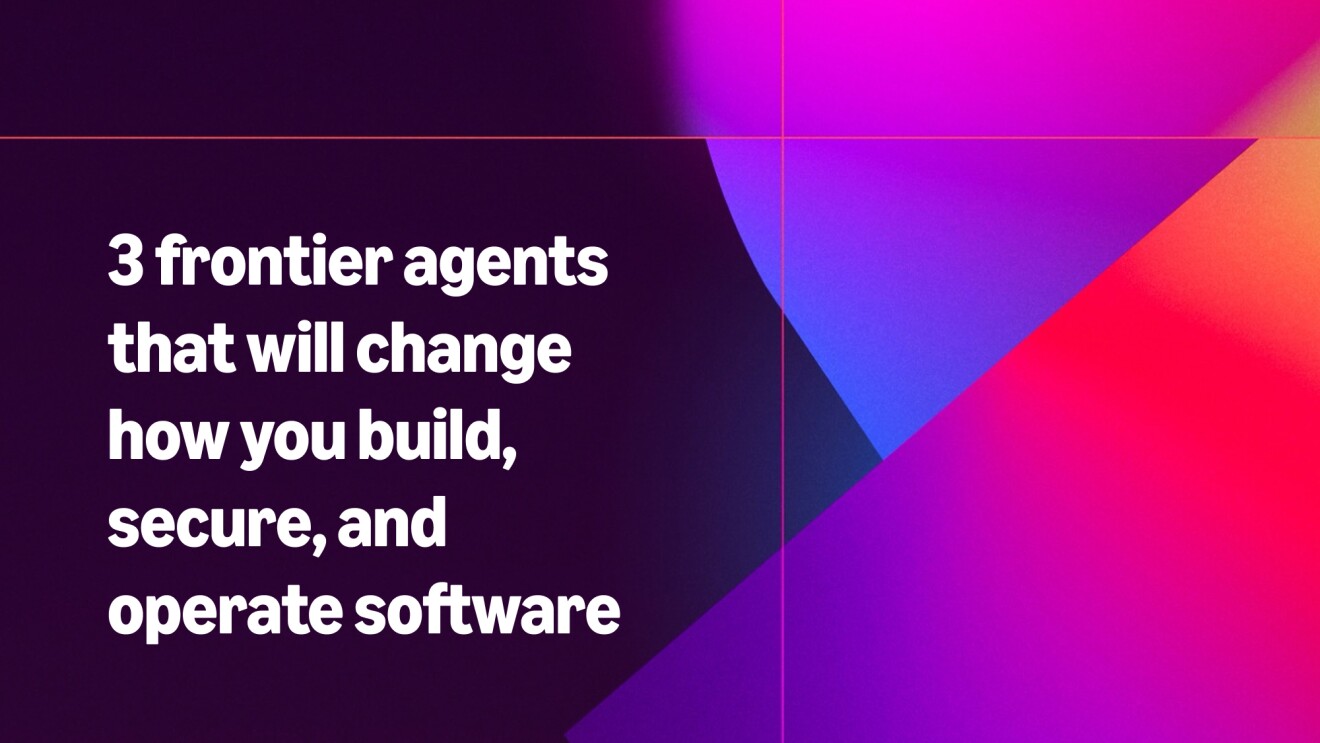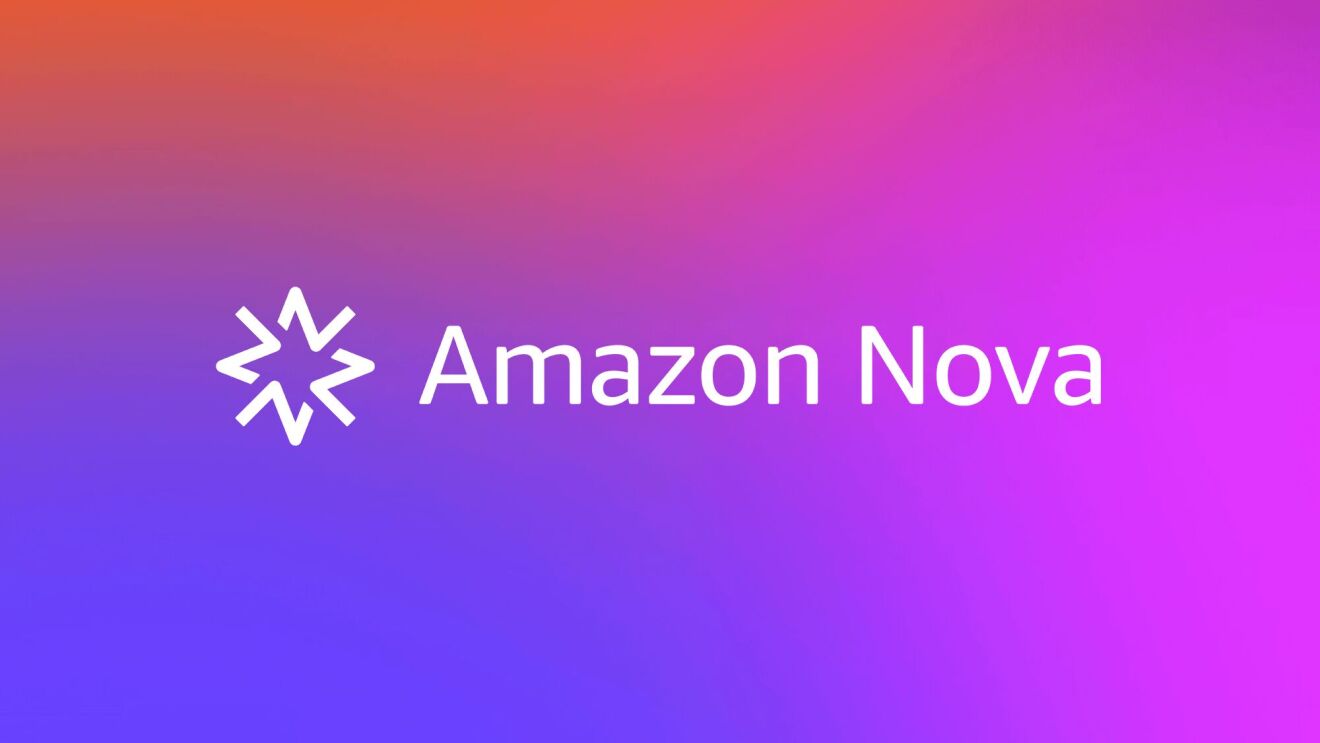Five key takeaways
Page overview
Things might not work out how you expect
“The thing I really loved about my fundraising journey is the thing we wanted didn’t exactly happen, but something just as good did,” said Andrea Barrica, co-founder and CEO of O School, a “judgment-free, science-based sexual wellness education platform,” which received many rejections in the beginning. Potential investors said that sexual wellness wasn’t something that traditional venture capitalists (VCs) would consider, so Barrica had to start a friends and family fundraising round instead. “From there, it was a journey in figuring out what to build,” she said. O School raised $500,000 in this initial round and then another $2 million once the business started to resonate with institutional investors who wanted to get on board, but didn’t want to lead on it. “It took a little longer, but it also went really fast, at times—the first million took the longest, then the second million took a week,” she said.
Hayley Bay Barna, partner, First Round Capital, and co-founder of Birchbox, a beauty subscription service, had a similar experience. “Sometimes, it’s a slog. Sometimes, it comes quickly,” she said.
Everyone said that they deviated from their planned path. “Our journey has been anything but linear,” said Adriana Vazquez Ortiz, co-founder and CEO of Lilu, a women's health company that “empowers new moms” by building tech-enabled devices that make breast milk pumping easier and more comfortable. Vazquez Ortiz said she “started talking to VCs pretty early on” but found it wasn’t the right approach for her business at that stage, as investors didn’t really see the potential in what she was proposing. Although disheartening, it gave her the motivation to seek funding from alternative sources.
Laura Wittig’s Brightly platform and associated podcast, which aims to “empower conscious consumers around the world,” shot to fame after being featured on Apple just months after launch—securing enough funding to go full-time. But then COVID-19 surged, and investors stopped writing checks. Undeterred, Wittig picked up conversations with the same investors later in 2020 and managed to close a $1 million round by early January 2021. She did it on Zoom, underlining the need to pivot to new ways of working. Everyone agreed that videoconferencing and other remote working tools have been positive for founders, allowing greater access and opportunities to find international investors.
The key lesson? Things don’t always go as planned, so be prepared to adapt.
Jackie De La Rosa Kennedy, part of the AWS Business Startup Development team, provided advice on how to identify bias when pitching. She demonstrated ways you can turn it on its head. A former startup founder herself, De La Rosa Kennedy talked about a study by Laura Huang, an associate professor of business administration in the Organizational Behavior Unit at Harvard University.
Huang found that male-led startups raised five times more than female-led ones, and that decisions made by VCs were heavily influenced by their perceptions of the founding team. Huang identified two different types of questions that VCs tend to ask: promotion questions, which encourage people to talk about their hopes, achievements, and ideals; and prevention questions, which lead people to talk about safety, responsibility, and risk. De La Rosa Kennedy explained that VCs usually ask women founders more prevention questions than men. That means, men get to reinforce the positive and talk about gains and ambitions, whereas women are put on the defensive, end up answering more negatively, and don’t get to talk up their “home run potential.”
De La Rosa Kennedy developed her own method for dealing with such bias—reclaim, inform, promote (RIP). Reclaim the narrative by anticipating prevention questions and not letting potential investors frustrate you. Inform by answering concisely, using data or market benchmarks. Promote your business by being ambitious, aggressive, and visionary. If you nail this, you can raise significantly more funding. “Regardless of gender, founders who answered a prevention question with a promotional answer raised millions more than founders who didn’t,” said De La Rosa Kennedy.
Vazquez Ortiz’s story was indicative of some of the fundraising challenges women face.
Finding herself mostly pitching to male investors who didn’t know anything about breast milk pumping, she had to be equipped with data, customer interviews, concrete evidence, and an encyclopedia of answers. “Early on, the questions were often about ‘How big is this market? Have you looked into the dairy farming industry?’” she said. “I would respond yeah, but there are 10,000 more patents for cows than women, so there’s a reason I’m doing this. We’re innovating for new moms, because there’s a lack of innovation in this space.”
She built an advisory board that helped add value and build credibility, and aligned the business closely to the experts in the field—including doctors, pediatricians, lactation consultants, and top researchers in breastfeeding. Vazquez Ortiz said it was useful to “tap into empathy” by encouraging men to think about the women in their own lives. She uses Google to demonstrate the “aggregate sentiment,” which shows that breast milk pumping is often associated with stress, miserableness, and other strong negative emotions. “Everyone we talk to has a woman in their life, so we appeal to that.” Barna agreed that you should target “the head and the heart.” She noted that a mix of quantifying data and qualitative data is an effective approach. Barrica pointed out that “investors are people, too,” and when founders treat them as such, they respond in a more human way. “People invest in people they like and respect,” she said.
“I am still learning and iterating,” said Barrica, who watches YouTube videos and listens to podcasts of VCs she’s going to meet. She then adapts her presentations according to her perception of them. She’s steadfast on her overall approach, though. “I would rather have a polarizing pitch that repels people,” she said, implying that a bland, vanilla pitch wouldn’t work for a brand like hers. “I make sure that people know I’m talking about pleasure and sexual wellness. I’m not talking about STI prevention, birth control, and periods. I’m talking about orgasms.” She said it’s important to “run to it!” especially if you’re a “taboo category.”
She used to show potential investors a model of a clitoris and ask them to identify it. Virtually no one of any gender could. “That set the tone. Being able to be confrontational was impactful. Lean into the conflict and get to the crux of things,” said Barna. She also thought that it was best to attack the problems you are solving head on. “Addressing the elephant in the room will save you so much time. Your time is important, and you don’t want to waste it,” said Barna.
Barrica has learned to ask investors more questions, even if they have just declined. “When founders do that, they take more control. I let investors know that I was serious and knew what I was doing,” she said. Even if the investor says no, ask why they didn’t invest—it might lead them to recommend another investor.
Vazquez Ortiz received a University of Pennsylvania grant and a Y-Combinator Fellowship Grant. “That got us started in this venture ecosystem,” she said. She also entered accelerators, incubators and pitch competitions. “In total, we’ve raised around $750,000 from early stage VCs, some angels, and some grants. We basically worked really hard to get every single dollar into the company.” According to Vazquez Ortiz the National Institute of Health’s Small Business Innovation Research program is “phenomenal.” She said, “They are willing to invest in early stage products with technical risk.”
Barna agreed, “Most founders think about angels and then think about VC investors, but they don’t often think about grants or non-dilutive sources of funding,” which includes crowdfunding, family loans, licensing, product royalties, tax credits, and other awards. “My story to share is that there’s money out there,” said Vazquez Ortiz. “People will see and believe in what you’re building, and you just have to knock on as many doors as possible, and get really, really creative.”
Trending news and stories
- Alexa+ can now answer your Ring doorbell and talk to visitors
- ‘Beast Games’ Season 2 is coming to Prime Video—See the new trailer
- How Amazon Pharmacy has helped customers save more than $100 million on prescription medications like GLP-1s and insulin
- Amazon unveils redesigned Kindle Scribe lineup with first-ever color Scribe









